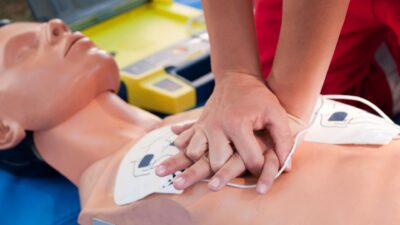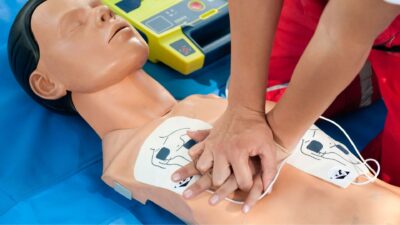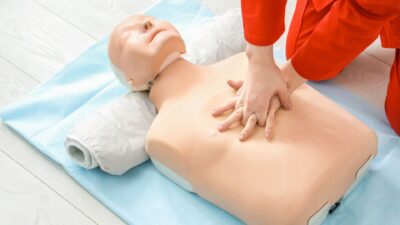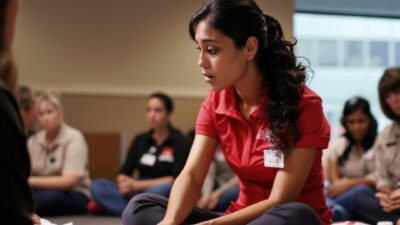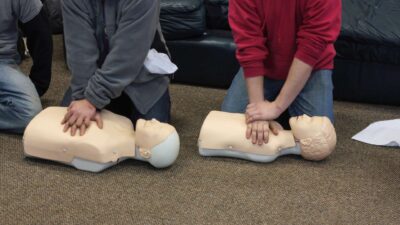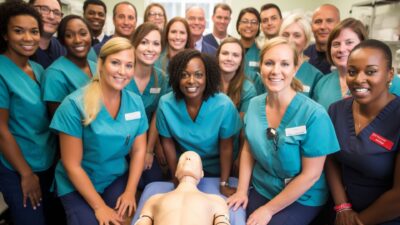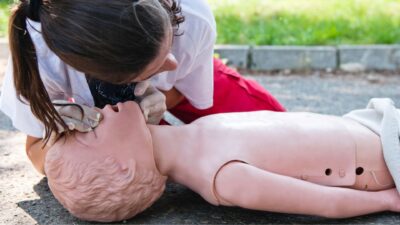
How to Recognize When CPR is Needed: Key Signs
How to Recognize When CPR is Needed: Key Signs Recognizing when CPR is needed can make the difference between life and death. Understanding the key signs and acting quickly can help save lives in emergency situations. This guide provides an in-depth look at how to identify emergencies that require CPR, the essential steps to take,…
Read More
